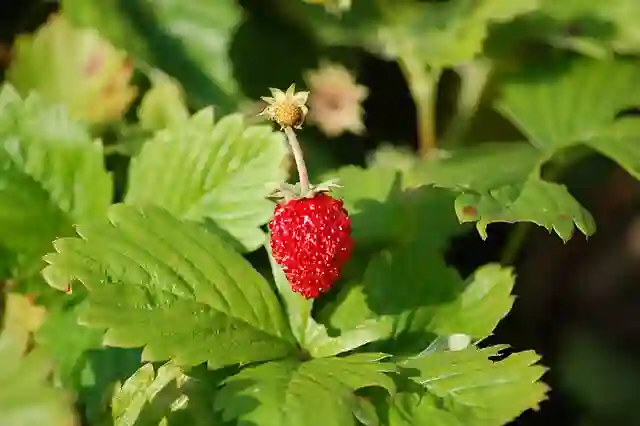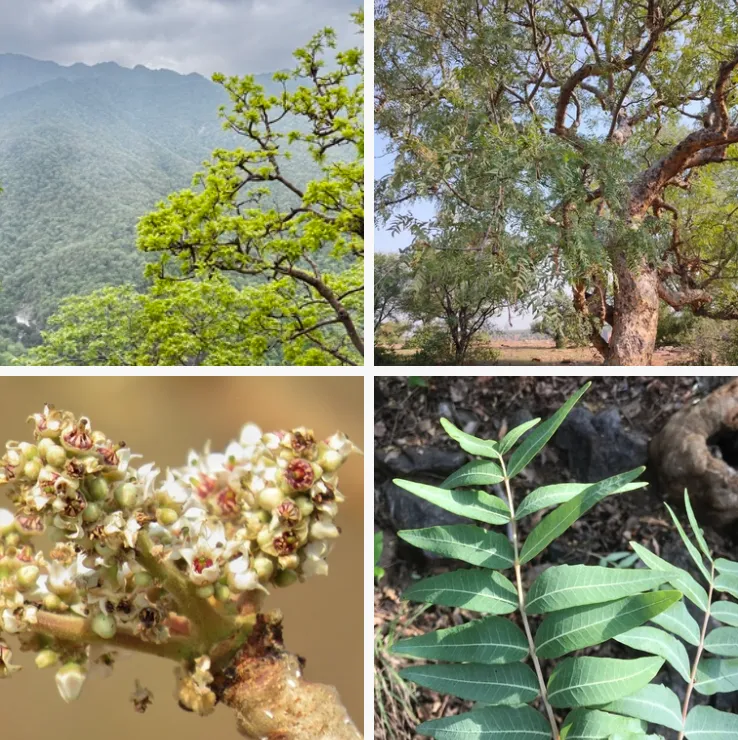An Evening’s Bloom: My Exploration of the Hesperis Genus
The world of botany is a vast and fascinating one, filled with intricate beauty and captivating scents. As an avid gardener and lover of all things green, I’ve always been drawn to the subtle allure of nocturnal blooms. There’s something magical about flowers that choose to unveil their splendor under the moon’s gentle glow, their fragrance intensifying as the day surrenders to twilight. This fascination led me to the Hesperis genus, a group of flowering plants known for their enchanting evening perfume.
The name Hesperis itself is derived from the Greek word “Hespera,” meaning evening, a fitting tribute to their crepuscular nature. These plants, belonging to the Brassicaceae family, are primarily native to Eurasia, with a notable concentration in Greece and Turkey. Their blossoms, often painted in shades of purple and white, possess a unique charm that sets them apart in the floral world.
One of the most recognizable members of this genus is Hesperis matronalis, commonly known as Dame’s Rocket or Sweet Rocket. This biennial beauty graces gardens with its vibrant flowers and intoxicating fragrance, attracting pollinators like moths and butterflies with its alluring scent.
But the Hesperis genus encompasses far more than just Dame’s Rocket. Here’s a glimpse into the diversity of this captivating genus:
A Diverse Family: Species within the Hesperis Genus
The Hesperis genus boasts a variety of species, each with its own distinct characteristics:
- Hesperis anatolica A.Duran
- Hesperis armena Boiss.
- Hesperis bakhtiarica Eslami-Farouji, Assadi & Khodayari
- Hesperis balansae E.Fourn.
- Hesperis bicuspidata (Willd.) Poir.
- Hesperis blakelockii F.Dvořák
- Hesperis boissieriana Bornm.
- Hesperis borbasii F.Dvořák
- Hesperis bottae E.Fourn.
- Hesperis breviscapa Boiss.
- Hesperis burdurensis Ö.Çetin
- Hesperis buschiana Tzvelev
- Hesperis cilicica (Siehe ex Bornm.) A.Duran
- Hesperis ciscaucasica F.Dvořák & V.I.Dorof.
- Hesperis dinarica Beck
- Hesperis dvorakii D.A.German
- Hesperis hamzaoglui A.Duran
- Hesperis hedgei P.H.Davis & Kit Tan
- Hesperis hirsutissima (N.Busch) Tzvelev
- Hesperis hyrcana Bornm. & Gauba
- Hesperis ilamica Eslami-Farouji, Khodayari & Assadi
- Hesperis inodora L.
- Hesperis isatidea (Boiss.) D.A.German & Al-Shehbaz
- Hesperis kitiana P.H.Davis
- Hesperis kotschyi Boiss.
- Hesperis kuerschneri Parolly & Kit Tan
- Hesperis kurdica F.Dvořák & Hadač
- Hesperis laciniata All.
- Hesperis luristanica F.Dvořák
- Hesperis matronalis L.
- Hesperis microcalyx E.Fourn.
- Hesperis muglensis Hamzaoğlu & Koç
- Hesperis multicaulis Boiss.
- Hesperis nivalis Boiss. & Hausskn.
- Hesperis novakii F.Dvořák
- Hesperis odorata F.Dvořák
- Hesperis ozcelikii A.Duran
- Hesperis pendula DC.
- Hesperis persica Boiss.
- Hesperis pisidica Hub.-Mor.
- Hesperis podocarpa Boiss.
- Hesperis sibirica L.
- Hesperis slovaca (F.Dvořák) F.Dvořák
- Hesperis steveniana DC.
- Hesperis straussii Bornm.
- Hesperis sylvestris Crantz
- Hesperis syriaca (DC.) F.Dvořák
- Hesperis theophrasti Borbás
- Hesperis thyrsoidea Boiss.
- Hesperis tosyaensis A.Duran
- Hesperis tristis L.
- Hesperis turkmendaghensis A.Duran & Ocak
- Hesperis zaferi Hamzaoğlu & Koç
The Allure of Evening Fragrance
What truly captivates me about the Hesperis genus is the intoxicating fragrance that emanates from their blooms, particularly as evening descends. This olfactory magic is no accident; it’s a clever evolutionary strategy. By intensifying their scent at night, Hesperis plants attract nocturnal pollinators like moths, ensuring their continued reproduction.
This interplay between plant and pollinator highlights the intricate connections within the natural world. The Hesperis genus, with its evening fragrance, plays a vital role in the ecosystem, providing sustenance for nocturnal creatures while ensuring the perpetuation of its own lineage.
Cultivating Hesperis: A Gardener’s Perspective
For those enchanted by the Hesperis genus, cultivating these plants in a garden setting can be a rewarding experience. They thrive in well-drained soil and prefer locations with partial shade, mimicking their natural woodland habitats.
While some species, like Hesperis matronalis, are readily available at nurseries, others might require a bit more effort to acquire. Seed exchanges and online retailers specializing in rare plants can be valuable resources for those seeking to expand their Hesperis collection.
Whether you’re drawn to their alluring fragrance, their diverse forms, or their ecological significance, the Hesperis genus offers a captivating glimpse into the wonders of the botanical world. As I continue to explore the depths of this fascinating genus, I’m constantly reminded of the intricate beauty and hidden marvels that await discovery in the natural world.
If i die, water my plants!



